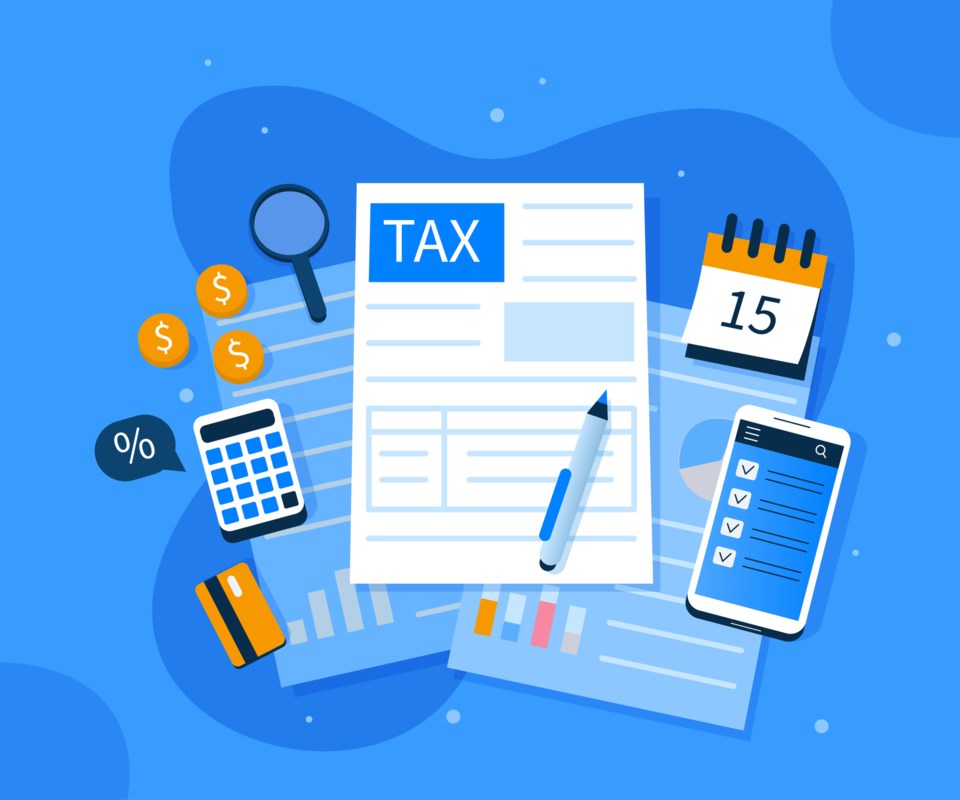The District of Squamish needs more revenue to cover its programs, so overall taxes are slated to go up.
Thanks to the pandemic, 2020 was a rare year when the municipality might have asked taxpayers for less money than it did the previous year.
However, it seems unlikely there will be a repeat performance for 2021.
“It’s been, I think, a delicate dance from council trying to — as we did last year — open up the financial plan and eliminate some of our costs and also keep an eye to the future,” said Mayor Karen Elliott, during a virtual municipal information session on the budget on Jan. 26.
The budget has not been finalized, but officials held a public meeting to give residents an update on this year’s financial plan.
For 2021, the District is proposing an increase of about $1.97 million in tax revenue for the upcoming fiscal year — an uptick of 6.6%.
However, spreading that increase across a growing population in town could offset part of that amount.
As a result, the increased demand for tax revenue may drop down to $826,000 — about 2.7% — for locals who already live in town.
In total, the municipality is seeking to collect about $32.02 million in 2021.
Tax revenue rate increases don’t necessarily translate to increases in individual rates, as the municipality has yet to decide how to spread the tax burden across different types of properties.
By comparison, last year, the municipality tightened its spending in response to COVID-19, asking for $30.05 million, which represented a 2.1% increase over the previous year.
However, factoring in population growth, the 2020 tax revenue demand could have decreased taxes overall by 0.8% for residents already living in Squamish.
This was the first time in recent memory that Squamish residents may have paid less tax than they had the previous year.
However, it doesn’t seem like this decrease will happen again, as Elliott said stifling tax increases is a challenge.
“There are contractual arrangements that we can’t shift that are part of our collective agreements, our RCMP contract. So that already sets the baseline,” she said.
She also added that Squamish’s rising population and aging infrastructure are other factors.
“The community is growing and we don’t want to get further and further behind on maintaining our assets, which we are already behind,” Elliott said.
She added, however, that council was holding this information session to gauge whether locals felt the budget increase this year was reasonable.
The District is receiving some help from the provincial government. Squamish is getting a $3.76-million grant to help it recover from COVID-19.
That money will go toward recovering lost revenue; parks and public spaces; modernizing of software systems and extra janitorial services, among other things,
During Tuesday night’s evening session, municipal staff briefed members of the public on how the District plans on spending its money for the upcoming year.
Officials were on hand to field questions from those in attendance.
One of the topics raised by the public was the municipality’s climate change initiatives.
The municipality’s budget highlights about $14.3 million in climate-related spending.
An audience member wondered how the District would provide transparency on outcomes related to the municipality’s climate initiatives.
Ian Picketts, the municipal sustainability manager, said the District would be reporting on its broader community emission targets, but there is limited ability to report on a project-specific level.
To a question on budgeting to address the lack of vanlife-friendly facilities, CAO Linda Glenday said a consultant was hired last year to research the matter.
Glenday said staff are continuing to work with that consultant, but there is no specific budget line item, because there haven’t been specific recommendations for that yet.
“We don’t budget ‘just in case,’’ she said.
If there is a specific spend needed for it later, staff can draw from the general operating reserve, she said.
Landfill tipping fee increases, which are looking to see an increase of 17%, also drew attention from those in attendance. There was concern that this uptick could create an incentive for more illegal dumping.
“It’s something we wrestle with all the time,” said Chris Wyckham, the municipality’s director of engineering.
“We really got hit hard this year with the requirement to pay for that enormous wall — for the vertical expansion and to service that debt.”
A large increase in tipping fees was necessary to help shoulder that burden, he said.
Mixed waste fees will go up the most to encourage people to recycle, Wyckham added.
“We absolutely recognize that, unfortunately, that the utility, the solid waste utility, needs to pay for itself — it’s user-pay,” he said.
There was also a question about whether the District would add more public washroom facilities, especially at trailheads.
Bob Smith, the municipality’s director of public works, said it wouldn’t happen.
“With COVID and the additional challenges that we had with the additional washrooms in 2020, we elected not to add any more. We were taking them out and putting them in, and it was a bit topsy-turvy for a while there,” said Smith.
However, he said porta potties will be put back in locations where they have previously been.
Council will consider the public’s feedback as it continues budget planning.
All local governments in B.C. must submit financial statements and tax rate information by May 15 each year.



